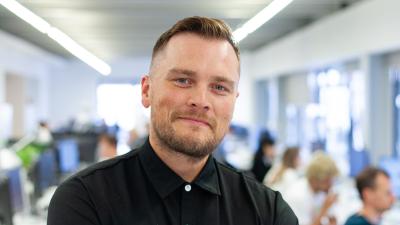Alex is a Senior Technologist working within the practice’s historic buildings team. In our latest Behind the B, he tells us about his work at some of the UK’s most significant heritage sites.

What inspired you to pursue a career as an architectural technologist?
When it came to deciding on a future career, I was drawn to the idea of working within the built environment and being able to have an impact on my surroundings. I initially considered pursuing a career as an architect, however, I found that I was more drawn to the technical aspect of design. I’ve always had an interest in putting things together and seeing how things work; I was obsessed with Lego as a child (I’m still an avid collector!) and so naturally, it seemed like a good fit for me.
I decided to enrol at the Manchester College of Arts and Technology, and then I joined Buttress as a junior technician. From there, I went on to study Architectural Technology at university, and have since become a Chartered Architectural Technologist and an Accredited Conservationist.
What do you enjoy the most about working with heritage assets?
One of my favourite things about working with heritage assets is being able to explore parts of them that aren’t accessible to the general public. My role has presented me with some unique opportunities, like being able to safely climb on roofs, visit sensitive archaeological sites, and explore dilapidated buildings.
To me, there’s nothing more interesting than working with historic buildings. No one place is the same as another; each building presents its own unique set of complexities and challenges. This problem-solving element is something that I particularly enjoy. It’s rewarding to be able to work through these challenges with clients, helping them to come to viable, forward-thinking solutions.
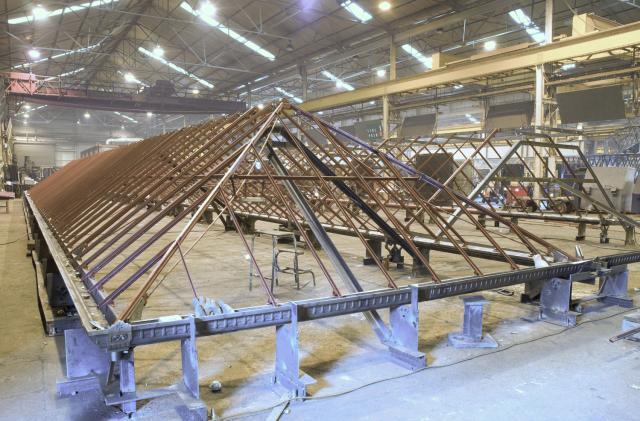
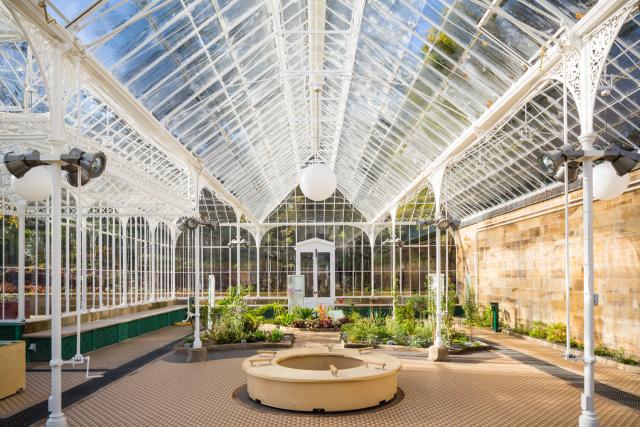
What’s your favourite project to date and why?
This is a difficult question – I’ve been involved in so many great schemes! However, one of the most interesting projects I’ve worked on was the conservation and restoration of the Grade II* listed Victorian Glasshouse at Wentworth Castle. When we were first appointed to the project, the glasshouse was in extremely poor condition. The majority of the original glazing was missing, and the entire frame was being supported by a temporary steel structure. The building was so fragile that it was placed on the Buildings at Risk Register.
The restoration process was incredibly meticulous. Once we had identified how much of the structure could be restored, the entire 4,000-piece frame was labelled and dismantled piece by piece and taken to be repaired and reassembled off-site.
The project presented many challenges, but I enjoyed the process of taking the structure apart and solving its puzzle to bring it back into active use, preserving the heritage of this unique structure for future generations.
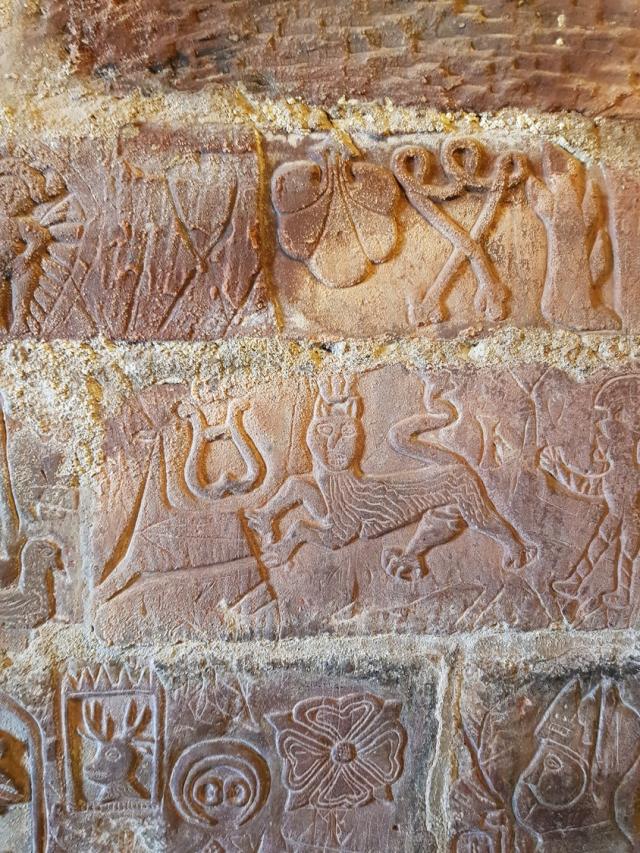
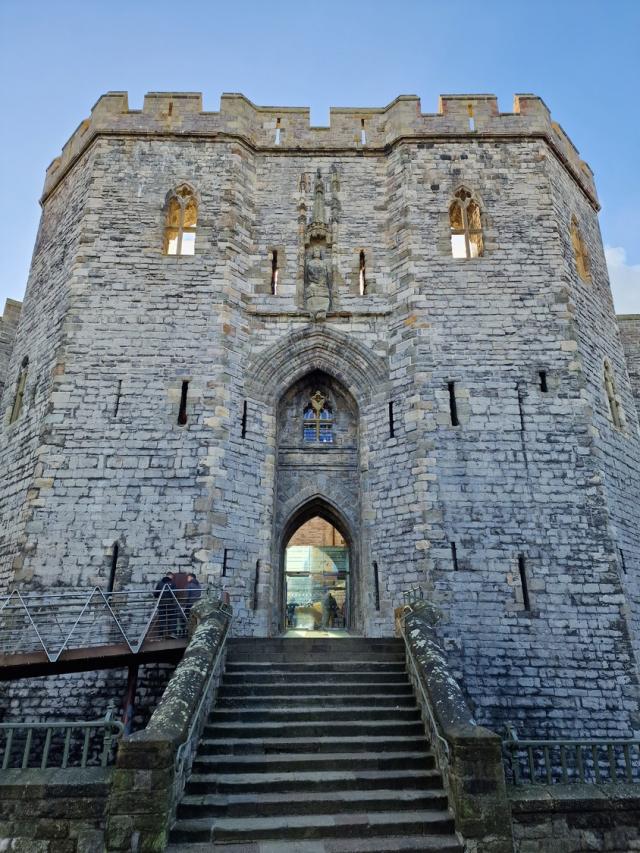
You’ve recently worked on some of the UK’s most significant castle sites. Can you tell us a bit about your involvement in these projects?
We’ve recently completed a comprehensive fabric repair and re-roofing project at the Keep, which sits within the grounds of the Grade I listed Scheduled Ancient Monument, Carlisle Castle. The structure was suffering from significant water ingress due to the poor condition of the parapet walls and roof coverings. Internally, this had resulted in the deterioration of the stonework as well as damage to the ‘Prisoners’ Carvings’, which are believed to date from around 1480. A range of survey techniques including thermal imaging and environmental monitoring were explored to assess the extent of the damage, enabling us to develop an appropriate strategy for repair.
I’ve also recently been involved in the redevelopment of the King’s Gate at World Heritage Site and Scheduled Ancient Monument, Caernarfon Castle. The biggest challenge on this project was figuring out how to work within and around the existing structure of the castle. Our approach from the outset has sought to add a new layer of architecture to the building, rather than seeking to ‘complete’ it. As such, all new interventions to the site have been designed to be visually and physically separate from the castle walls, only lightly touching the building at access points.
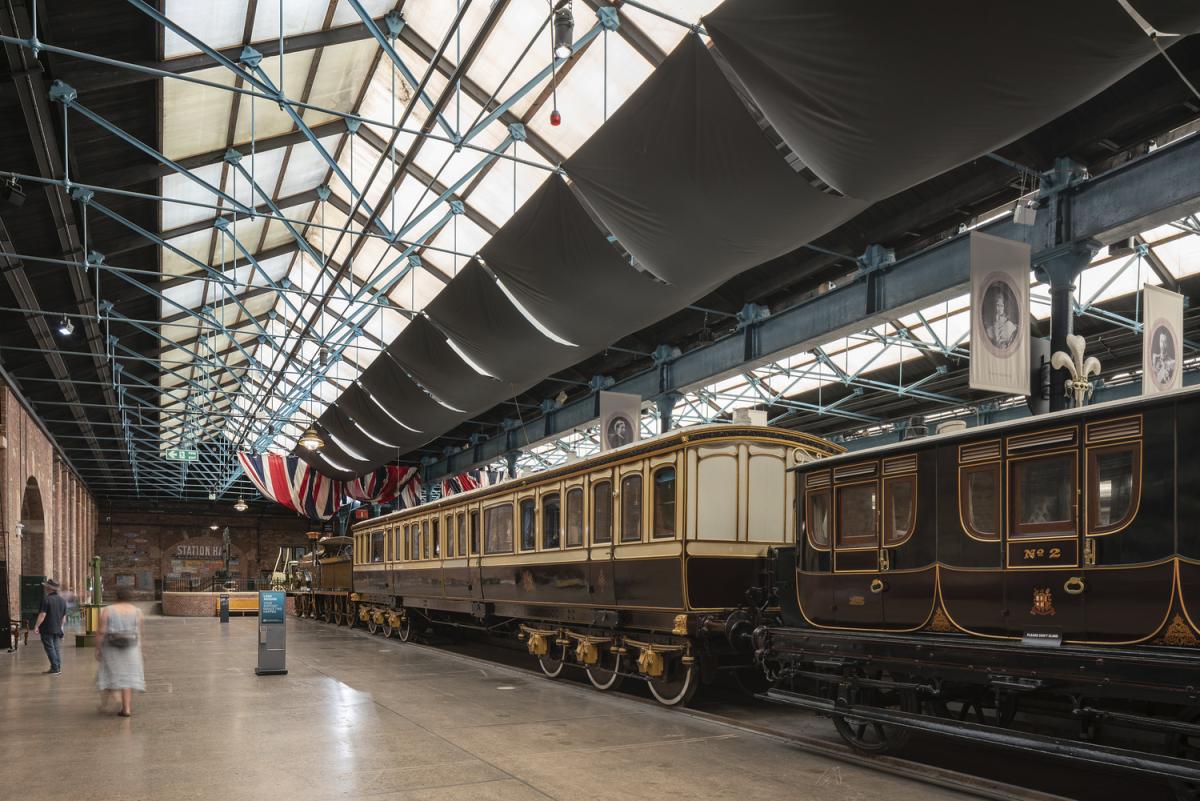
How do you think the way in which we care for historic buildings will change in the future?
The climate crisis poses a huge threat to the long-term survival and usability of our historic built environment, and as such, the need to maintain and conserve these buildings for the future is becoming far greater. One way of ensuring their preservation is by improving their energy efficiency, in line with conservation and sustainability principles. However, balancing energy and carbon savings with building preservation is challenging; changes to the building fabric must be carefully considered on a case-by-case basis in order to avoid compromising the significance of these heritage assets.
This is something that we are currently exploring at the Grade II listed Station Hall at the National Railway Museum in York, as part of the Science Museum Group’s wider decarbonisation programme. The re-roofing project will not only help to preserve the structure and its collections, but it also aims to introduce a number of measures to help improve the building’s energy efficiency and thermal performance, ensuring that it is protected and reinvigorated for years to come.
What do you enjoy most about working at Buttress?
I think it would have to be the amount of support and trust there is across the practice – it’s always been the kind of place that encourages learning and self-development. Even though we work across a range of sectors, and everyone has different areas of expertise, everyone is willing to share their knowledge and experience with one another. This creates a collaborative environment where everyone feels encouraged and supported to pursue whatever goals they have.
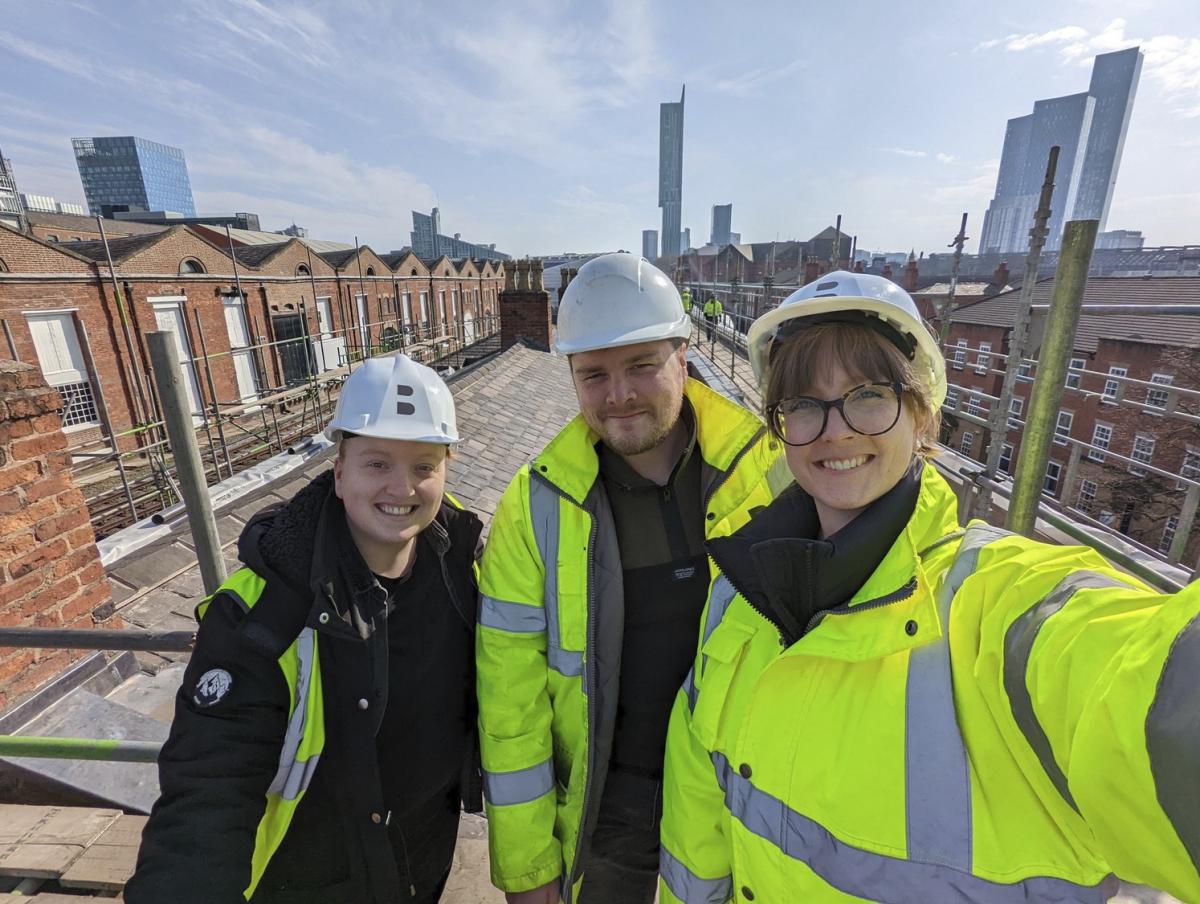
Alex Scrimshaw
Alex is an experienced architectural technologist working within the practice’s historic buildings team.
